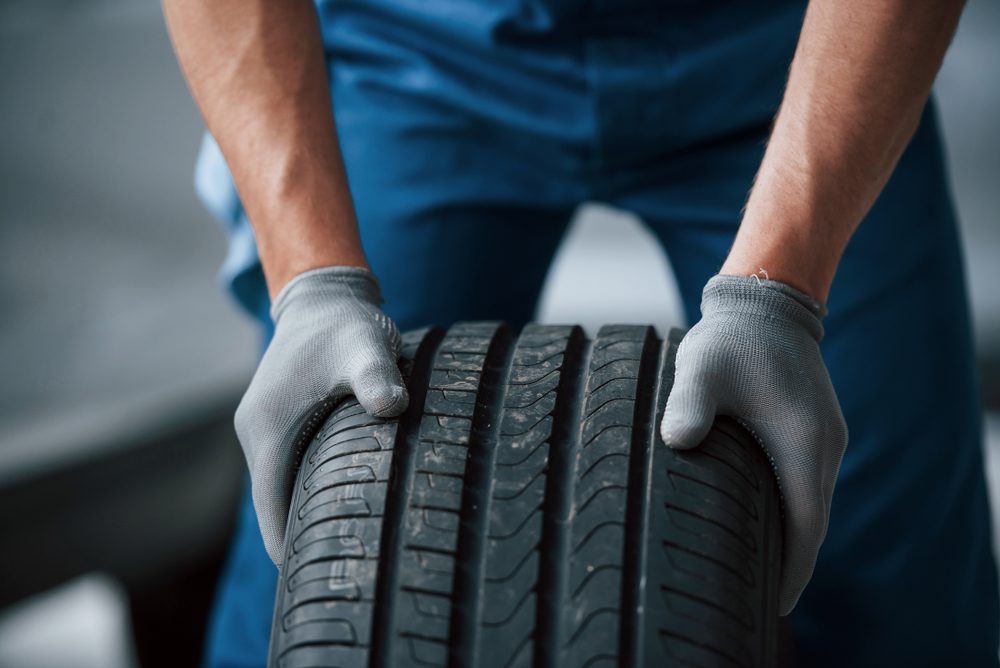Dealers could once again be facing inventory shortages in both the sales and parts departments as the supply of natural rubber is stretched thin. Between below-average harvesting levels, stockpiling in China, and disruptions in shipping, the raw materials needed to produce crucial automotive components are in short supply.
Rubber plantations in Sri Lanka, one of the world’s leading producers of natural rubber, have been plagued by a leaf disease known as Pestalotiopsis in their fall season. In a statement, the Colombo Rubber Traders’ Association said, “High humidity favors the spread of the disease causing defoliation and a considerable yield loss and ultimately the death of the tree. The disease may reach epidemic proportions in coming monsoon period of this year starting from mid-April and hence all stakeholders are requested to be vigilant about this threat to the rubber plantation.”
Anticipating an increase in rubber prices for some time, China has been stockpiling rubber inventory. Having procured more of the natural rubber supplies than normal, it leaves the rest of the world in a pinch to fill their needs from a depleted supply.
And of course, the plight of the Ever Given, stuck in the Suez Canal for nearly a week and disrupting countless billions of dollars in worldwide trade, has caused shipping delays for rubber and rubber products. Resuming the supply chain’s normal movements could take months by some reports, or up to five years by others.
Direct effect on automakers
Naturally, carmakers are directly affected by shortages in rubber products. While some materials that use natural rubber can use synthetic materials instead, others such as tires and belts have the best performance and longevity using the real deal.
Tire manufacturers have a lower inventory already, due to closures in mid-2020 during the pandemic, dropping to levels seen in the 1950’s. Goodyear reported a 45% decrease in tire volumes in Q2 2020, and 41% lower sales. Tire volume decreased by 62% for OEM vehicle assembly. But as vehicle sales and Americans’ affinity for driving resumes – or exceeds – normal levels, demand has seen prices steadily climbing in the past weeks and inventory may not readily be available for manufacturing or tire replacements.
Whether that means that vehicle production will be stalled is yet to be seen. The more likely immediate correction could be OEMs tapping tier two tire producers to fill their needs while inventory is available. The same may be said for belts and hoses.
For dealerships, it is very possible that tire shortages could disrupt units already ordered for new car inventory. For used cars, reconditioning costs are sure to spike as tires are perhaps the most common and expensive item required. That could be compounded by a lack of availability, adding costs for holding pre-owned units that are not yet ready for sale.
In the service and parts departments, the elusive tire sale opportunities that help boost customer retention are threatened, should tires and belts be tough to procure for same-day sales. With lean inventory management systems and just-in-time logistics in place, dealerships may need to think of creative ways in the interim to serve their customers’ needs.
Did you enjoy this article from Jason Unrau? Read other articles on CBT News here. Please share your thoughts, comments, or questions regarding this topic by submitting a letter to the editor here, or connect with us at newsroom@cbtnews.com.
Be sure to follow us on Facebook and Twitter to stay up to date or catch-up on all of our podcasts on demand.
While you’re here, don’t forget to subscribe to our email newsletter for all the latest auto industry news from CBT News.










